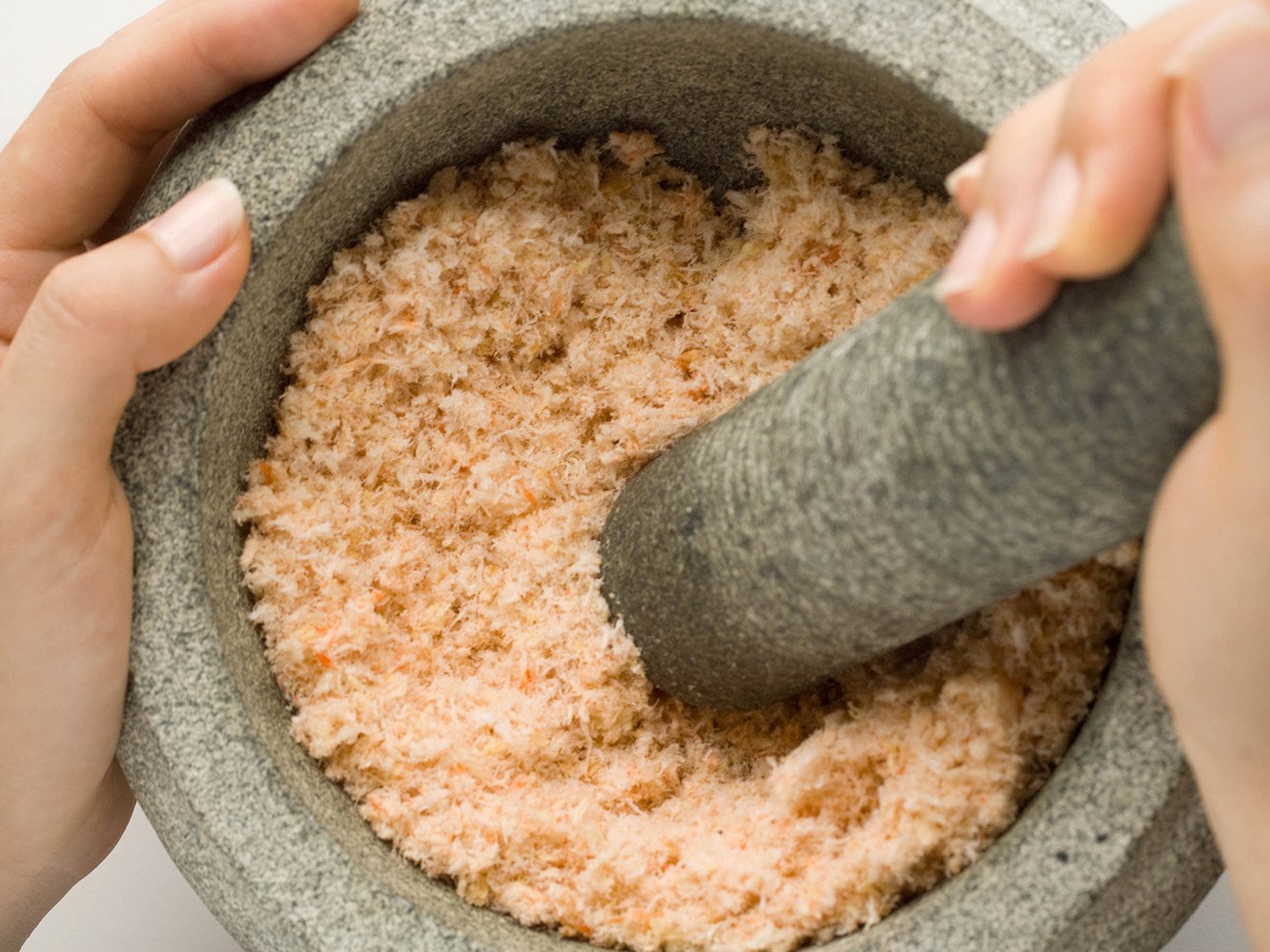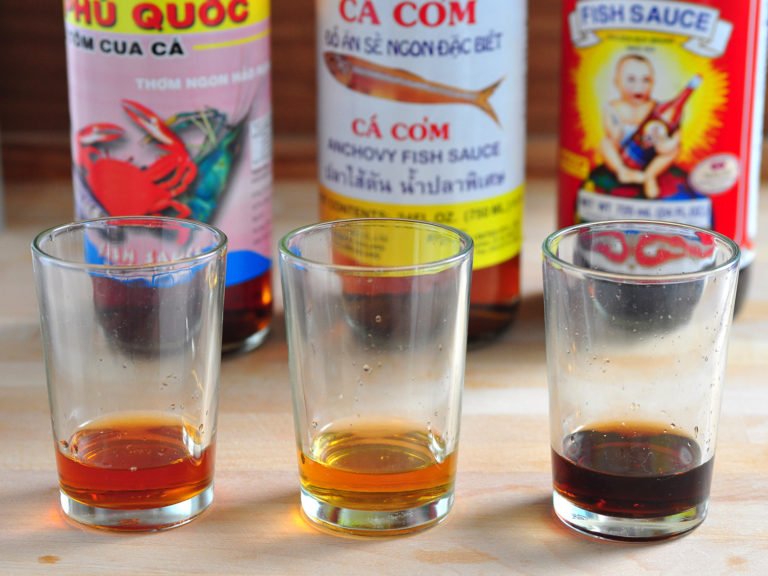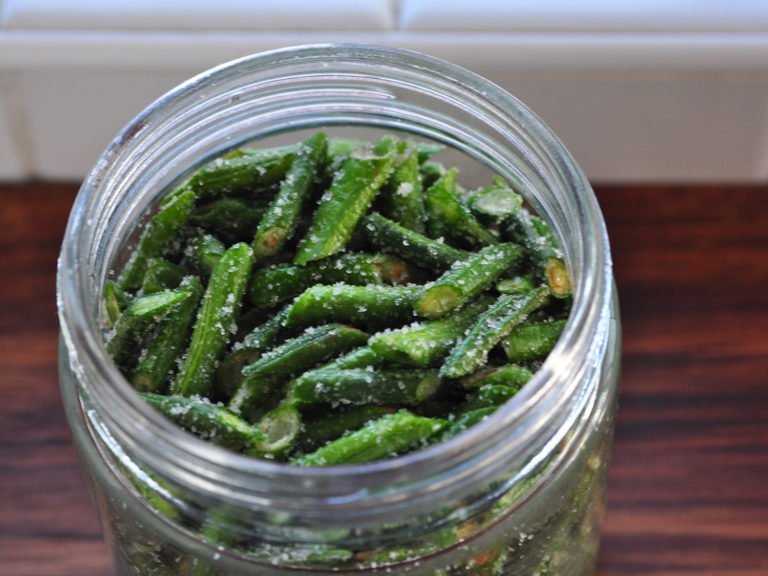
Most curry or sipyan recipes tend to start with onions, garlic and chillies being pounded in a pestle and mortar. If you lack time or patience, of course you can use a food processor or chop the ingredients finely. However after tasting the difference between processed which tends to be cut rather than pounded and bruised by the pestle, I have never been tempted to take short cuts again. There is satisfaction in pounding or grinding ingredients by hand.
It is important to have the right kind of pestle and mortar. In Burma, the mortar tend to be fairly large and heavy, usually placed on the floor and a substantiate pestle is used to pound or grind. Before Jamie Oliver made the pestle and mortar popular it was not always easy to find one which was made from stone.
Now it is possible to buy a granite pestle and mortar from department stores to Chinese supermarkets. I always look for one that is as big as I can carry, with deep sided mortar and a slightly rough texture on the inside which makes grinding dried shrimp or spices much easier. Some stones, such as molcajete will need to be seasoned before using.




hi, Cho
I remember back in Burma, I heard my sister shouting , ‘nge-aung-daung’. she meant that the marinade – onion, garlic and chilli- had to be pounded well into a paste. I thought she was a bit fussy. After coming to England I was happy to have a food processor to make the above marinade. Cho, you are right, there is a difference in taste of curries between the processed and the bruised dishes!
Not only is the flavour of the paste so much more satisfying when it’s bruised; I also find it much more pleasant (not to mention much quieter) to use a mortar and pestle than a food processor. It’s a nice way to cook :n)
Hi Cho,
I was hoping the food processor worked as well as pounding, but can imagine it tastes different, cooking is like chemistry… I wonder if processing it, then a quick pounding at the end would do the trick?
Hi Chrstian
Sounds like it could work. Perhaps I should do an experiment and compare the different possible methods to see the best outcome.
– Cho